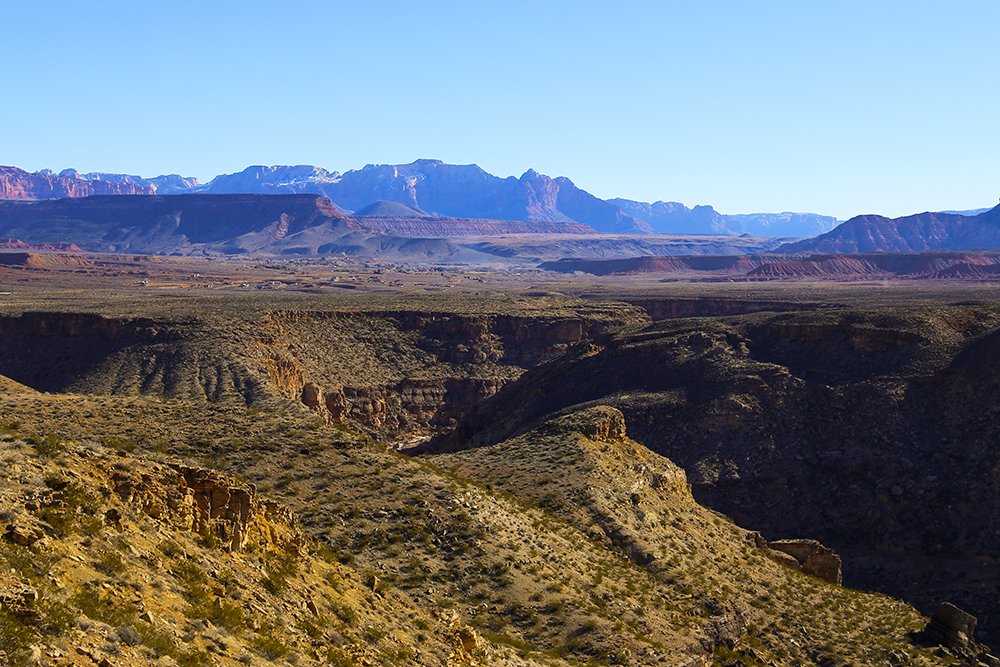The Colorado Plateau stands prominently at more than 5000 feet above sea level, an undeformed island amidst the highly deformed Rocky Mountains and Basin and Range Province of the southwestern United States. Why this block remained relatively unscathed during and since its uplift is somewhat perplexing.
Previous research suggested that subduction hydrated the crust and upper mantle and buoyed the plateau to its present height. Ryan Porter, an assistant professor studying earthquakes and tectonics at Northern Arizona University, thinks this solution is too simple.
Porter has found that fluid alone doesn’t lower the density of rocks under the plateau enough to trigger their ascent. Using seismic data from EarthScope’s Transportable Array, he discovered that adding heat to the equation could account for the rock properties he was measuring beneath the plateau.
The Transportable Array is part of EarthScope’s North American monitoring networks—it consists of 400 seismometers installed by the IRIS consortium. With data from the seismometers, Porter and his colleagues calculated seismic wavespeeds for the rocks below the plateau, in the crust and upper mantle. They found that in this deep region below the Colorado Plateau, seismic waves travel faster than in the surrounding regions. Using thermodynamic modeling, the team deduced what types of rock should be there and matched them with their seismic signatures.
In the previous model, when water was introduced to the lower crust below the plateau during subduction, the rocks became less dense. This does happen, but Porter emphasizes there has to be another factor in play. “While people suggest that hydration from a subducting slab explains all of the Colorado Plateau uplift, it probably can’t based on our models,” Porter said.
When Porter added heat, the plateau became buoyant enough to rise. In his revised model, the subducting plate moved, making room for hot material from the mantle to rise and heat the plateau from below. This lowered the density of the region enough to trigger uplift, thus creating the Colorado Plateau.



